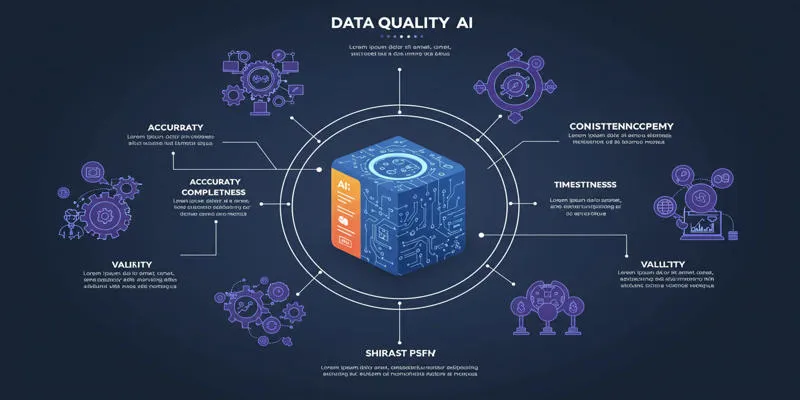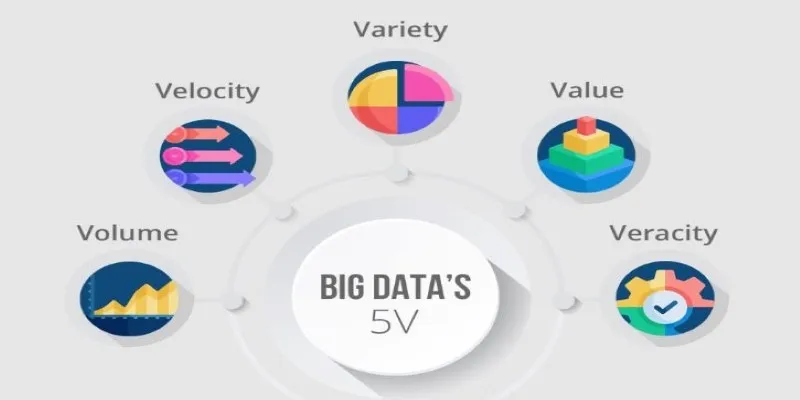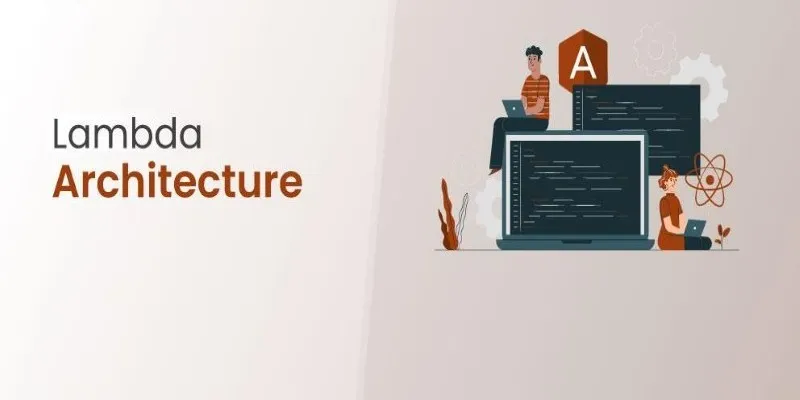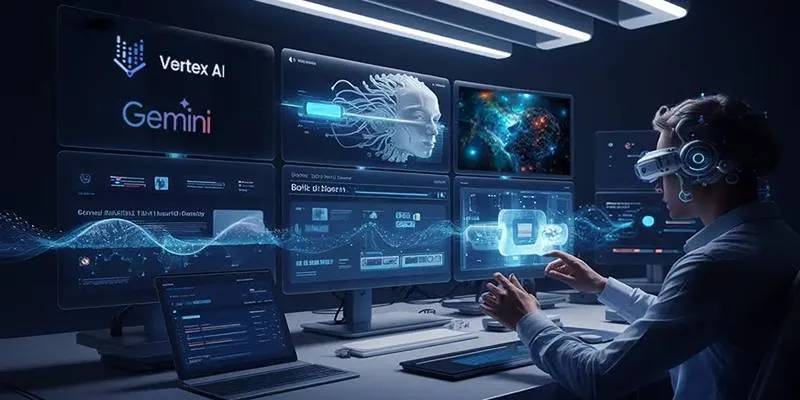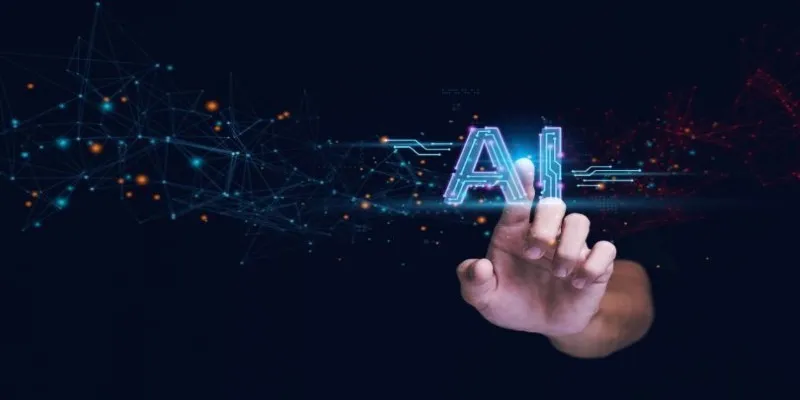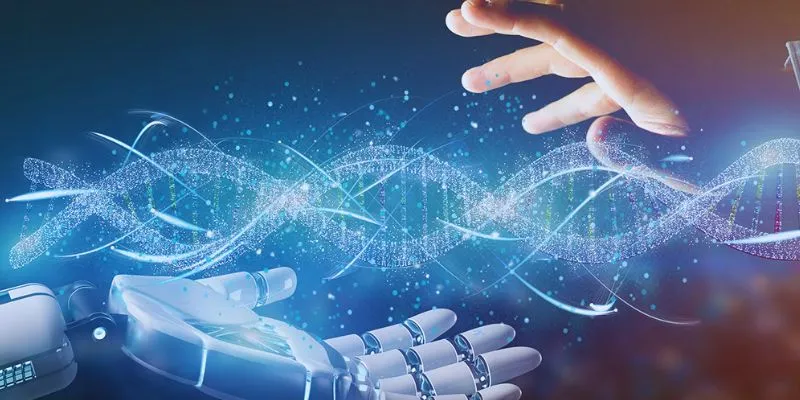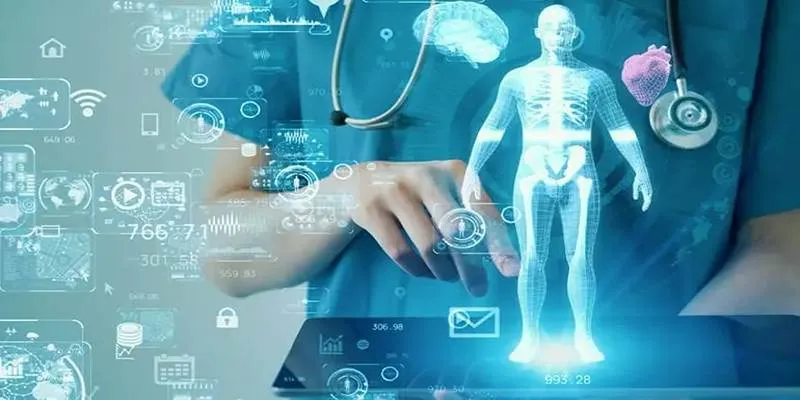Humanoid robots’ ability to interact naturally with humans has long been a challenge in robotics. For robots to function effectively in human-populated environments, they must learn and adapt to human behavior. Georgia Tech is making significant strides in this area. A PhD student there is pioneering the training of humanoid robots to perceive, learn, and interact more like humans using Project Aria Research Glasses, a cutting-edge technology.
Project Aria is a research initiative developed by Facebook’s Reality Labs to collect data on human behavior and interactions in real-world settings. By integrating advanced sensors and cameras, Project Aria captures environmental data, providing machines with insights into human activities and behaviors. This article explores how Project Aria Glasses are utilized by Georgia Tech researchers and their potential impact on the future of humanoid robots.
Understanding Project Aria Glasses
Before exploring how Project Aria aids humanoid robot training , it’s essential to understand the glasses themselves. Project Aria Glasses are wearable research tools outfitted with multiple sensors, cameras, and microphones. These glasses gather real-time data about the user’s environment, offering valuable insights into human interaction with their surroundings.
Key Features of Project Aria Glasses:
- Wearable Technology : Designed for researchers to record natural human interactions.
- Sensors and Cameras : Equipped with advanced cameras that capture both visual and auditory data, creating a comprehensive dataset on human perception.
- Real-Time Data Collection : Continuously collects data in real-time, crucial for training AI systems requiring extensive contextual information.
These features enable robots and AI systems to better interpret human actions, behaviors, and environments, which is vital for programming robots to understand complex tasks.
How Project Aria Enhances Humanoid Robot Training
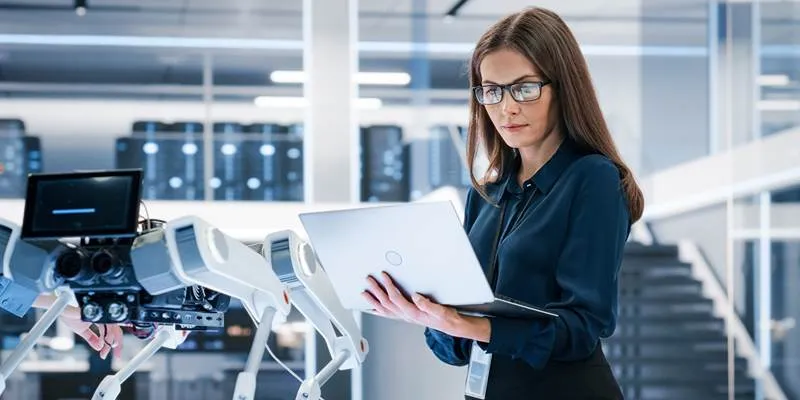
Humanoid robots are designed to replicate human actions and behaviors, yet achieving human-like interaction is complex. Humans naturally use context, prior knowledge, and sensory data to understand their world and perform tasks. For robots to thrive in human environments, they must achieve similar capabilities.
Project Aria Glasses play a crucial role in bridging this gap. By providing detailed, real-time data from human perspectives, these glasses allow humanoid robots to learn from actual human actions and behaviors. This process involves several key aspects:
Real-World Data Collection
The core advantage of Project Aria is its real-world data collection. Humanoid robots rely on machine learning and AI to enhance their task comprehension, but without real-world data, their learning is limited. Using these glasses, researchers at Georgia Tech capture human actions and interactions in everyday settings.
Enhanced Human-Robot Interaction
To operate alongside humans in real-world environments, humanoid robots need to understand human behavior in various contexts. Project Aria glasses provide robots with insights into human object usage, non-verbal communication, and diverse interactions.
Improved Object Recognition
Humanoid robots must recognize objects and understand their functions. The visual data from Project Aria aids robots in identifying objects contextually—such as recognizing a coffee cup at a table or identifying a tool in a person’s hand. This visual comprehension is vital for tasks where robots assist humans, like in healthcare or service industries.
Impact on Robotics and Future Potential
The work at Georgia Tech with Project Aria Glasses marks a significant advancement in humanoid robotics. By granting robots access to real-world data , researchers can instruct them to behave in more human-like, intuitive, and adaptable ways.
Key Benefits:
- Better Human-Robot Collaboration : As humanoid robots better understand human actions, they will assist in more complex, dynamic environments, including healthcare and customer service.
- Personalized Human Interaction : As robots improve in interpreting human behaviors, they will provide more personalized and effective interactions, proving valuable in personal assistance, elder care, and education.
Future Prospects:
- Healthcare Assistance : Robots trained with Project Aria could become vital companions in healthcare, aiding in daily tasks, monitoring patients, or offering emotional support.
- Industrial Applications : Humanoid robots may be deployed in industrial settings requiring human-like precision, such as manufacturing or logistics.
- Smart Home Integration : The technology could eventually integrate into smart homes, enabling humanoid robots to interact with household appliances and assist with various tasks seamlessly.
The Role of Georgia Tech in Advancing Robotics Research
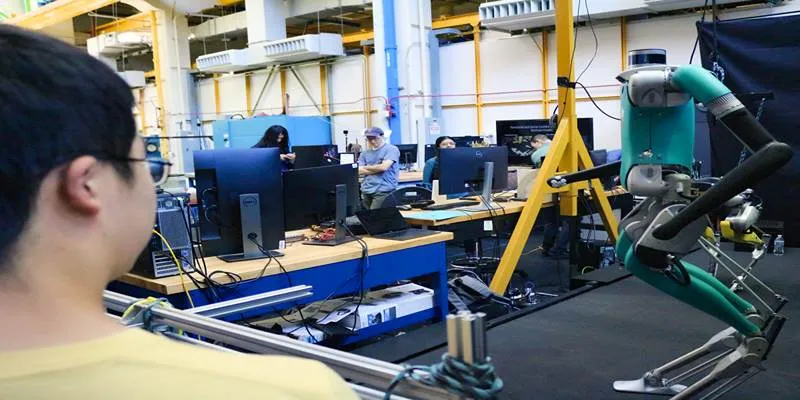
Georgia Tech is at the forefront of robotics research, and using Project Aria Glasses exemplifies the university’s efforts to push the limits of robotic capabilities. The university’s robotics lab focuses on innovative solutions addressing real-world problems by blending engineering, AI, and human-robot interaction.
The PhD student spearheading this research is part of a team dedicated to extending the boundaries of robotic capabilities. Through collaborations with other universities and research institutions, Georgia Tech contributes significantly to the field of robotics, paving the way for more advanced humanoid robots.
Conclusion
The use of Project Aria Glasses by Georgia Tech researchers represents an exciting development in robotics. By collecting real-time, real-world data, these glasses enable humanoid robots to learn and adapt to human behaviors more effectively. As this research progresses, we can anticipate robots that are more intuitive, capable, and autonomous, transforming industries like healthcare, manufacturing, and service. As humanoid robots continue to evolve, their integration into human environments will become increasingly seamless.
 zfn9
zfn9
